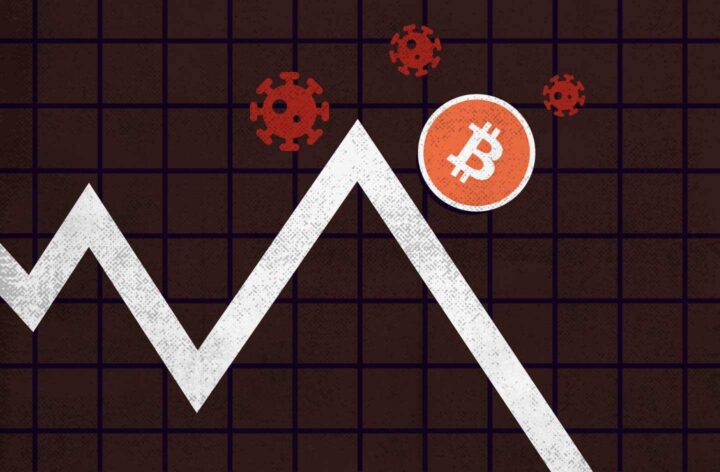The Black Swan Risk in Crypto and Beyond

The Black Swan is an unpredictable, sudden, and usually catastrophic, but quite logical event in hindsight. A recent example in the cryptocurrency industry is the almost simultaneous and dramatic drops in LUNA, UST, and BTC, which occurred in early May 2022. Let’s take a closer look at what black swans are and the most well-known examples of such events in the crypto and financial spheres.
Basics

The black swan theory was first published by American writer and economist Nassim Nicholas Taleb in his bestseller, The Black Swan: The Impact of the Highly Improbable.
According to the author of the theory, black swan events are bound to meet three parameters:
- unpredictability, unexpectedness;
- significance of the consequences;
- the possibility of discovering the event’s preconditions retrospectively.
So, Taleb named the global financial crisis of 2008, the development of the Internet, and the outbreak of World War I as black swans in his bestseller.
Interestingly, Nassim Taleb was an active participant in the cryptocurrency market. However, on February 12, 2021, he strongly criticized Bitcoin on Twitter, referring to its excessive volatility. Taleb sold his BTC holdings and stressed that only “sociopaths with the sophistication of amoebas” don’t understand its current problems.
Black swans are especially peculiar to economic processes, which is why the cryptocurrency and financial industries have experienced them more than once. Let’s take a look at the most notable events that have occurred in these sectors.
Crypto Black Thursday

On March 10, 2020, crypto analyst Willy Woo tweeted a chart of investor activity in the crypto market that recorded suspicious fluctuations. Woo suggested that this could be related to the coronavirus, which was spreading around the world. And on March 11, 2020, the World Health Organization officially designated COVID-19 as a pandemic.
Due to global panic, the BTC rate collapsed by almost 50% on March 12, 2020. The main cryptocurrency was followed by Ethereum and XRP altcoins, which collapsed by 30%. The entire crypto market followed with its capitalization decreasing by over 40% in a single day. Peter Schiff, President of the brokerage firm Euro Pacific Capital Inc., commented on Bitcoin’s sharp plunge and said that “the air comes out of that bubble.” It’s worth noting that the official start of the coronavirus pandemic and the panic in the industry were similarly reflected in the stock and energy markets.
The Stock Market Crash of 1987

On October 19, 1987, the world stock market crash occurred after four years of steady growth. The Dow Jones Industrial Average fell by a record 22.6%. The stock markets of Hong Kong and Australia collapsed by 45.8% and 41.8%, respectively, by the end of October. Shortly after the collapse, trading on the stock markets was suspended since the computer equipment of that time couldn’t process the number of orders received. The crisis was caused mainly by market overestimation, program trading failure, and trading psychology peculiarities.
Remarkably, 1986 was a harbinger of the collapse, when market participants saw a smooth economic recession but didn’t pay much attention to it.
Both the financial and cryptocurrency industries aren’t immune to black swans. However, the crypto market is more volatile than the financial industry, making it more likely that such events will occur. Among the largest Bitcoin declines, at least a few fall under the black swan definition.
How to React to Black Swans in the Crypto Industry?

Despite the unpredictability of black swan events, experienced crypto market participants have already learned how to respond to them correctly. This is aided by:
- technical analysis;
- studying the history of the financial and cryptocurrency markets;
- understanding of financial fundamentals.
Black swans are unpredictable, and it’s one of their characteristics. On the other hand, they always have objective prerequisites that become apparent only after some time has passed. Therefore, learning the history of major collapses that have already happened in the financial and cryptocurrency markets will help determine the formation of macrotrends in time and calmly perceive changes in general.
It’s important to remember that financial crises, sharp changes in Bitcoin’s exchange rates, and other economic shocks are cyclical and inevitable processes directly related to black swan events. So, as the old adage goes: Keep calm and carry on!











